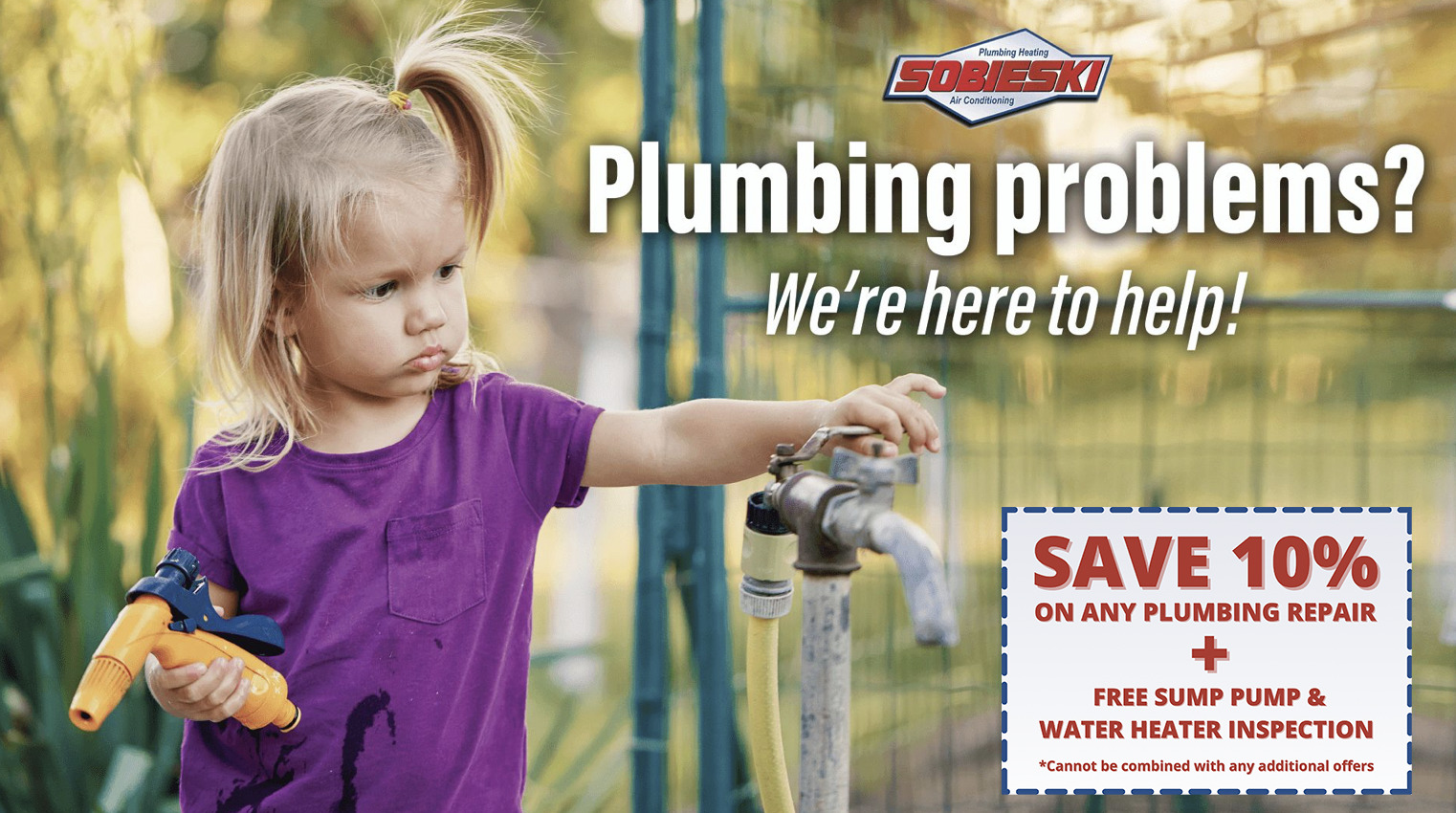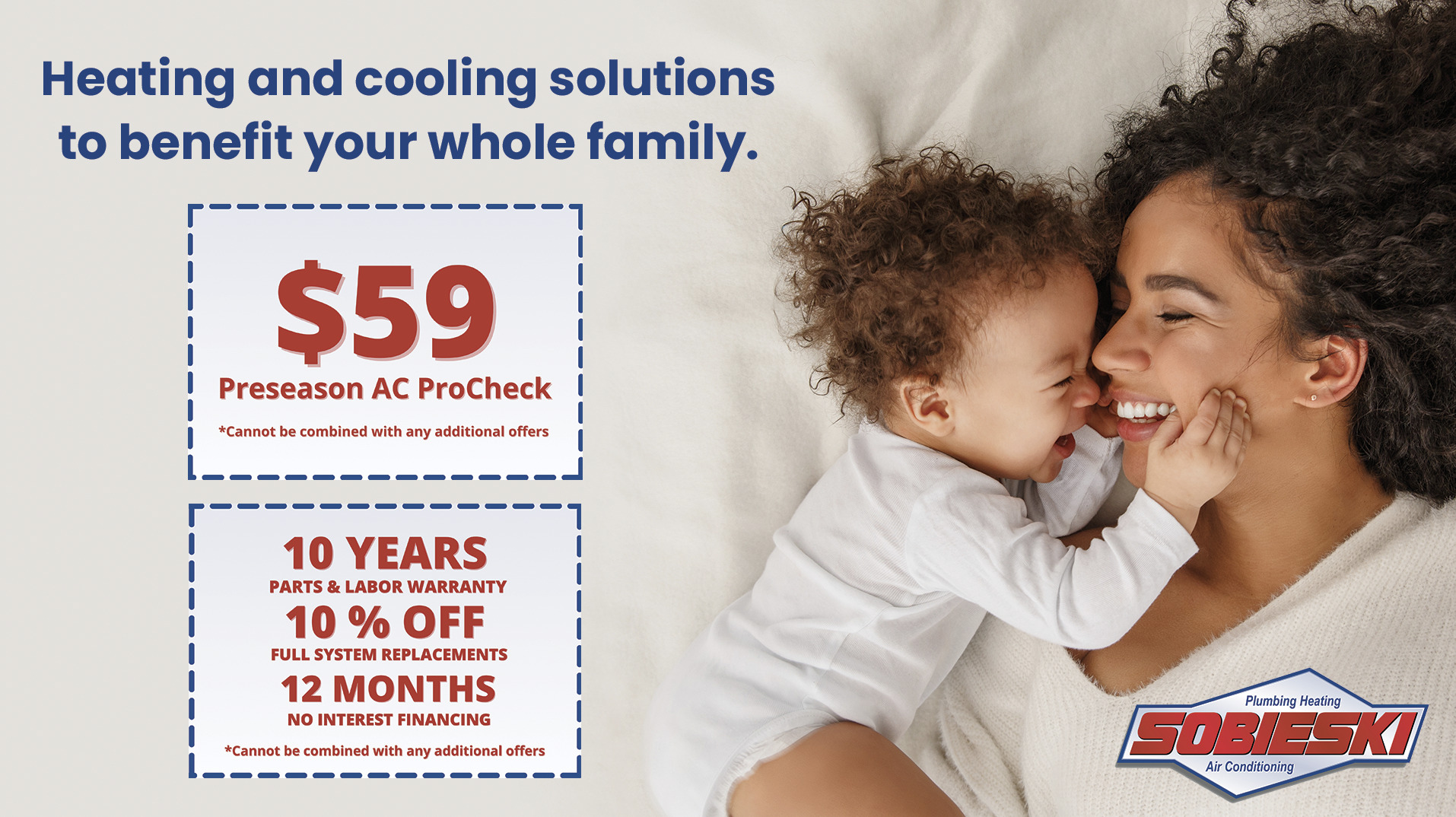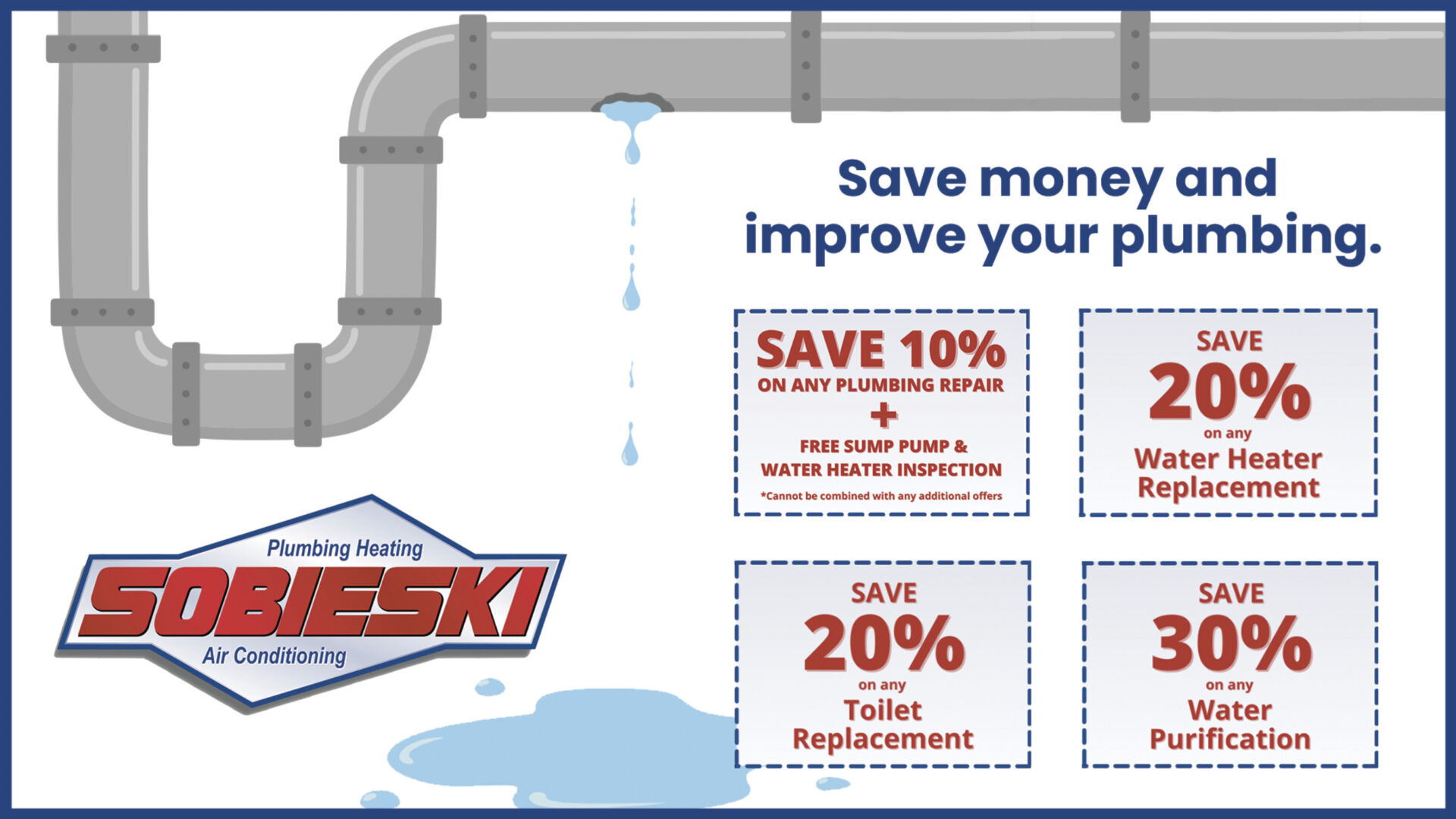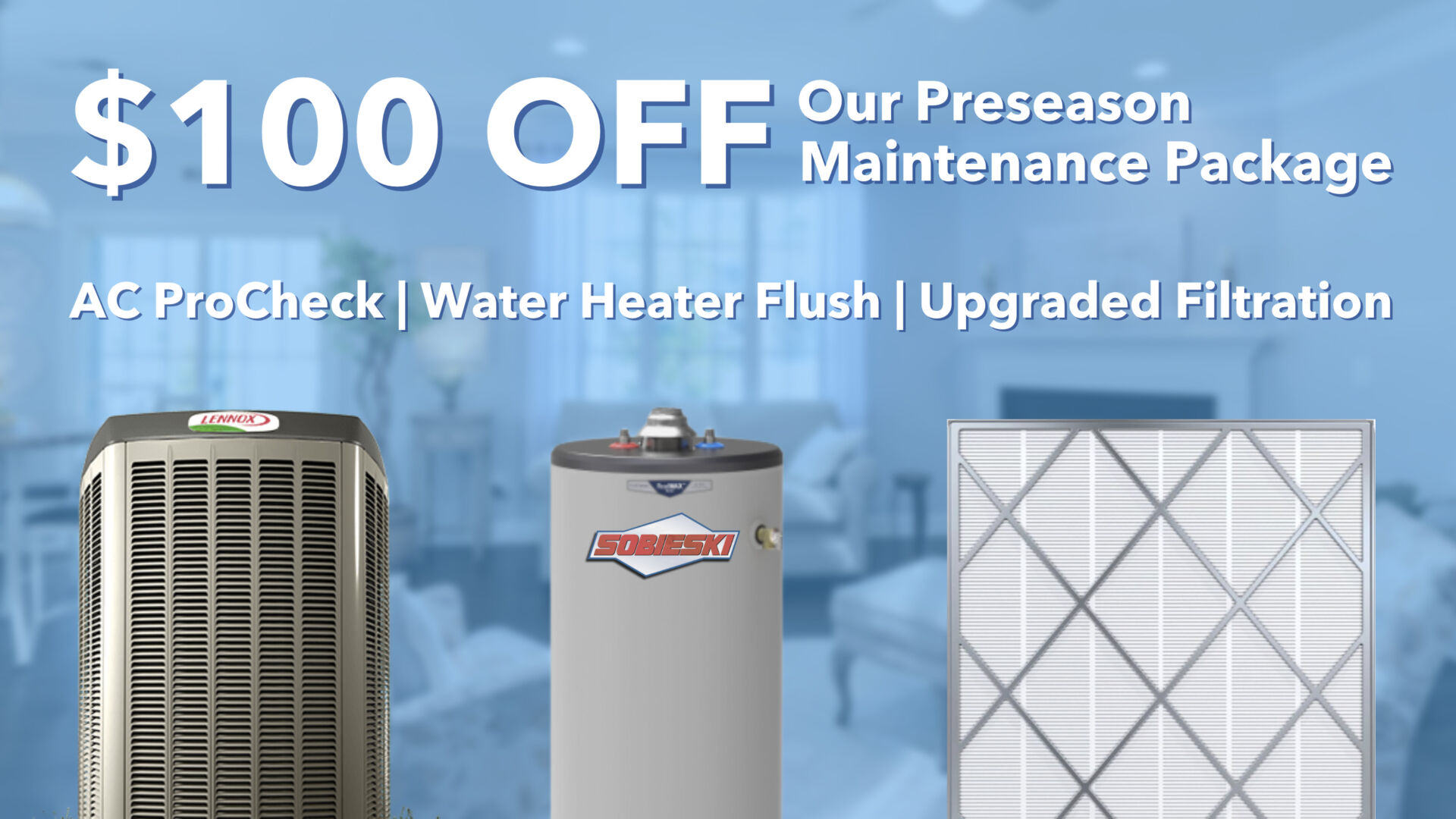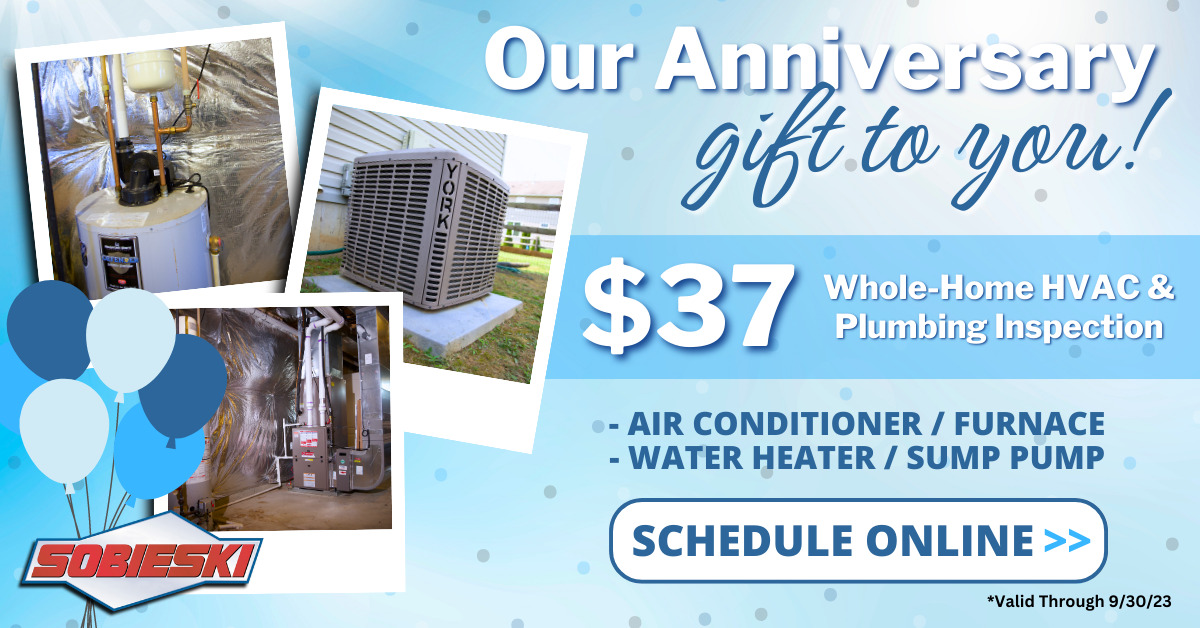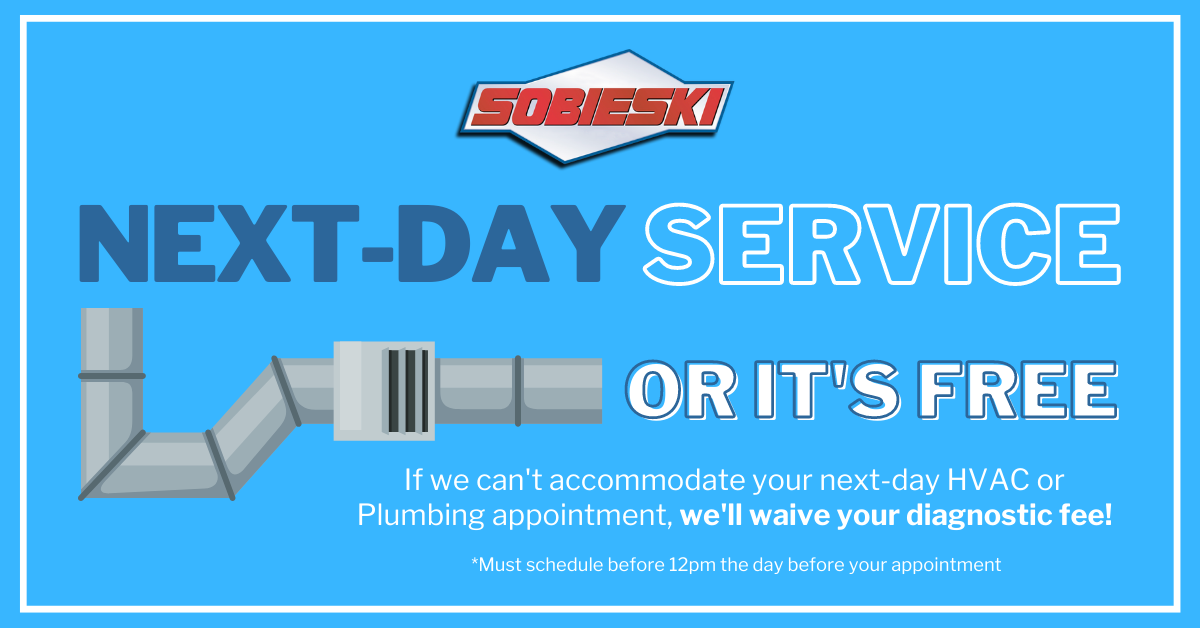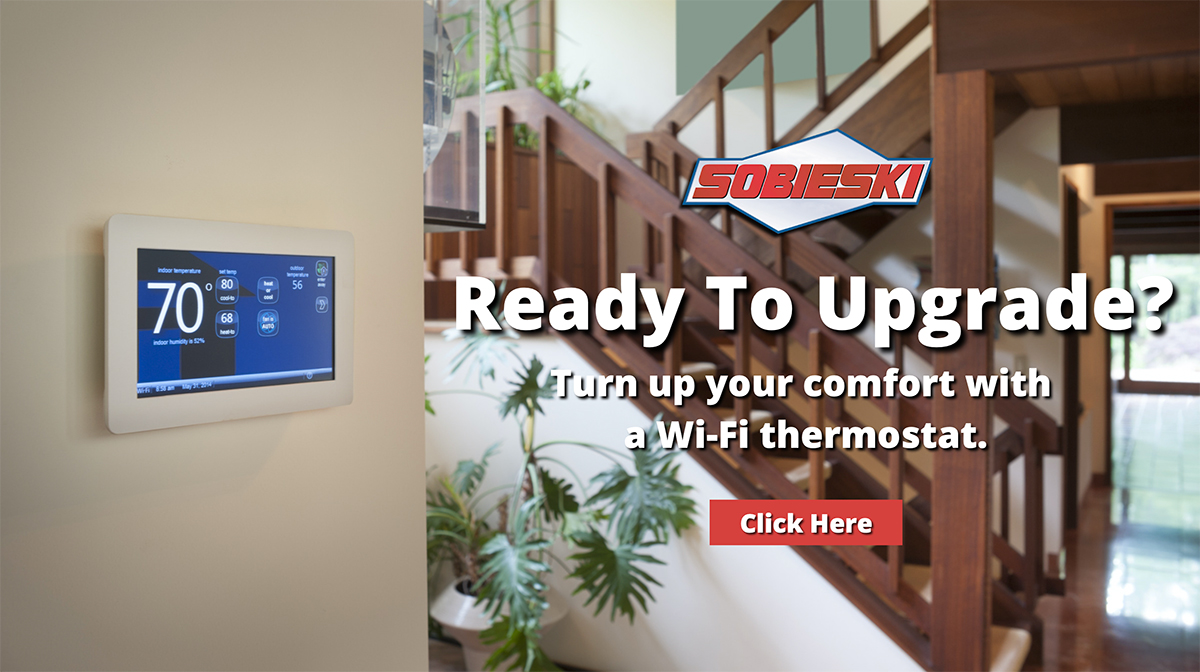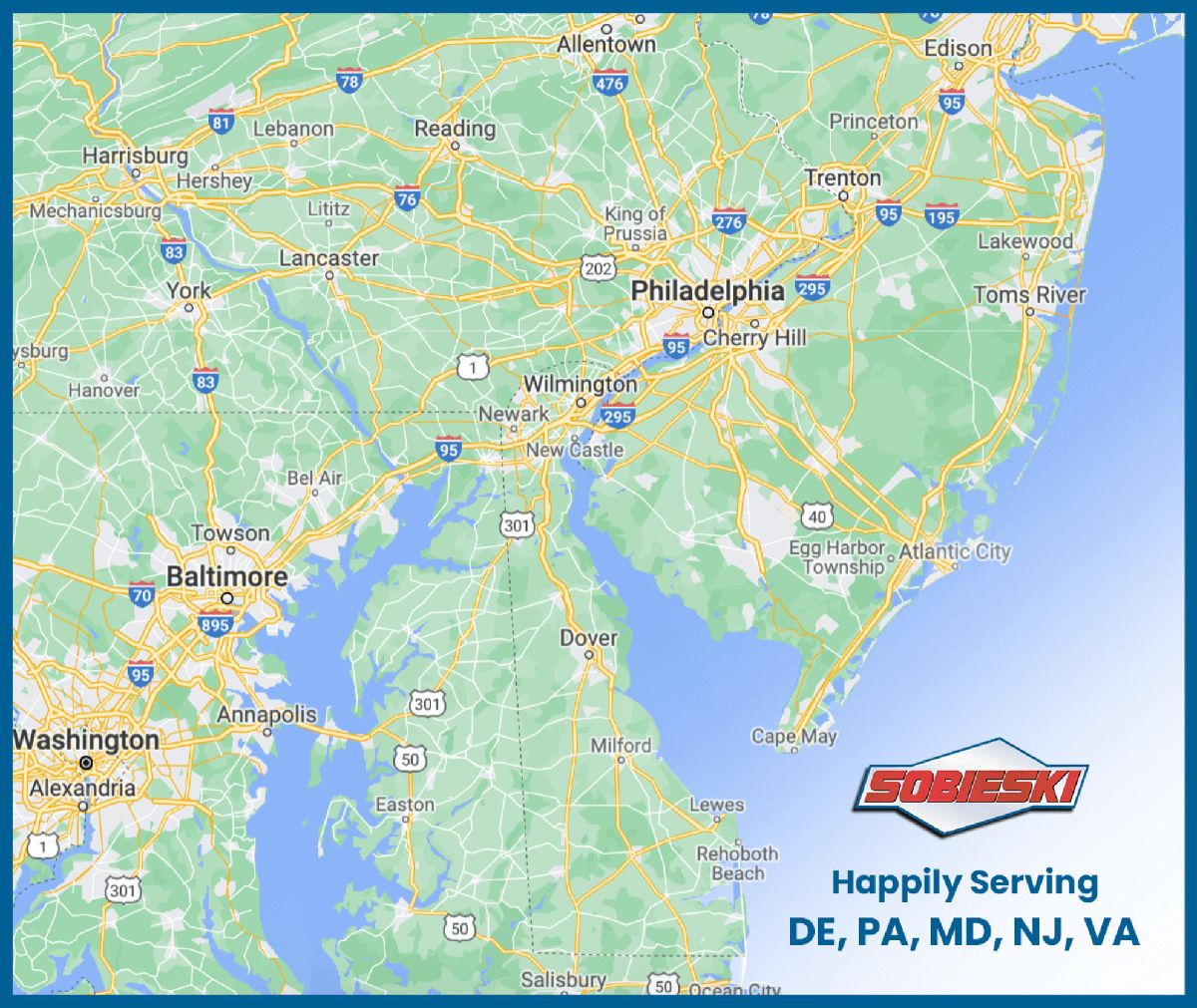Reducing the Risk of Scalding
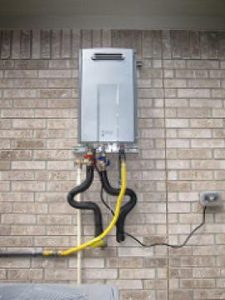

About 3,800 scalding injuries serious enough to require emergency treatment occur in the U.S. annually. The most likely victims are young children and senior citizens, but it can happen to anybody under certain circumstances. It doesn’t take a boiling pot of water to cause a severe scald: water at a temperature of just 140 degrees — well within the range of a home water heater — can result in a third-degree burn after just five seconds of exposure.
Prevention is the key to reducing scalding injuries in the home. Paying personal attention whenever and wherever hot water is dispensed is one aspect; taking advantage of protective anti-scald devices installed by a qualified plumber is another.
Be Aware
- Always personally test the temperature of any water before placing a child into the water or allowing them to contact water from a tap. The upper limit of water temperatures for children should be less than 100 degrees.
- Never leave a child or other individual who requires personal assistance alone in a bathtub or shower.
- Check your water heater thermostat setting. It should be set no higher than 120 degrees. Many heaters come from the factory pre-set to 140 degrees or higher.
Install Anti-Scald Devices
- Pressure-balanced valves sense sudden drops in household cold water pressure — such as when someone flushes a toilet — and prevent sudden scalds by automatically limiting the flow of hot water to an individual tap or shower head. These are usually the least expensive anti-scald devices.
- A thermostatic mixing valve installs in your main hot water line downstream from the water heater. Incorporating a valve that mixes cold water into the hot stream, this device offers a “master control” dial where you manually set the temperature of hot water to all fixtures, regardless of what the water heater setting may be or fluctuations in cold water pressure.
At Sobieski Service Inc., our goal is to help our customers in Delaware, Pennsylvania, Maryland and New Jersey learn more about energy and home comfort issues — especially HVAC and plumbing issues — so that they can save money and live in healthier, more comfortable homes.
Credit/Copyright Attribution: “Roger Mommaerts/Flickr”
